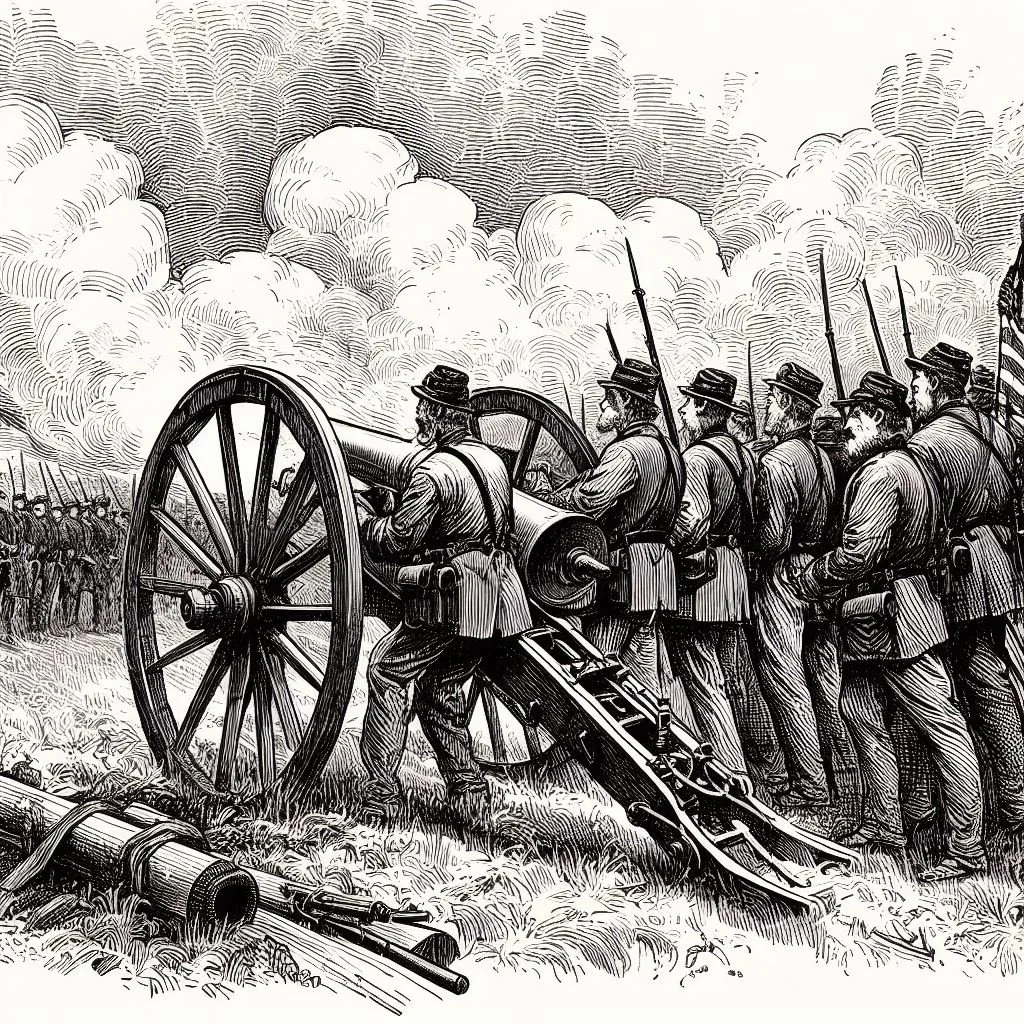Now Presenting:
Grounded: A Story of Historical Reckoning and Indigenous Resilience
Showcasing the Indigenous history of the Fox Valley Region and the tribes that cultivated it.





UPCOMING EVENTS
BLOG POSTS
From our Instagram feed
Special thanks to the Community Foundation of the Fox River Valley for awarding the St. Charles History Museum a grant to fund our security cameras, which ensure our Museum Collection is safe and secure; our three hygrothermographs, which enable us to consistently monitor our Collection space; and for the UV-filtering film, which allows us to protect our artifacts from harmful UV-rays. We are so fortunate to have such a wonderful and generous foundation in the Fox River Valley.
Stay Connected with History!
Follow us on facebook, instagram, & twitter
Want to Learn More About What we Do?
WHO WE ARE
Find out about the museum, our mission, when to visit, and how to get involved.
THe Museum COLLECTION
Learn about Museum exhibits and the Museum collection which contains over 10,000 photos and 15,000 artifacts.

















Former home of Judge William D. Barry, Kane County Judge, President of the Kane County Bar Association, Campaign Manager for Rep. Col. John Farnsworth, and friend to Abraham Lincoln.